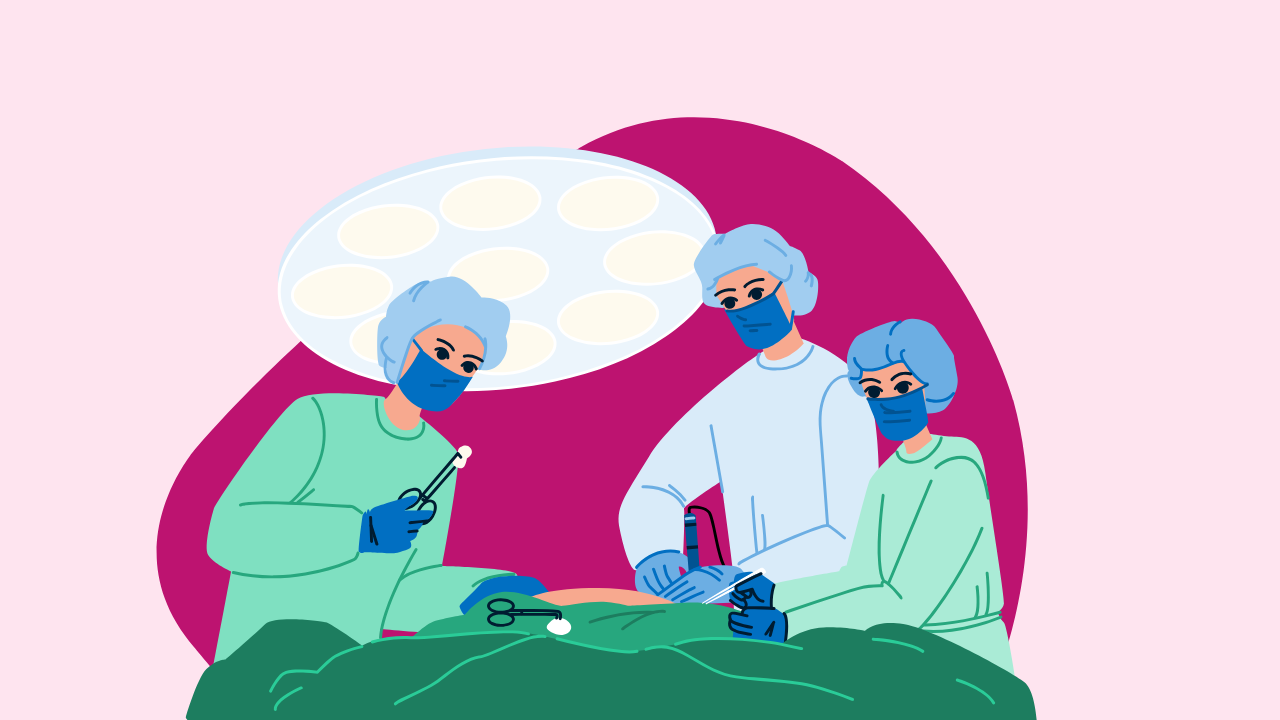Breast Cancer Risk Models Explained: What You Need to Know and Ask

Risk is more than a number. It's a window into what could be.
Some of us have a family history, some of us don’t, and yet, we all have questions — about our chances, about prevention, about what we can actually control. That's where breast cancer risk models come in.
Why does this matter? Because knowledge shapes decisions. The more precisely we understand risk, the better we can decide when to start screenings, how often to have them and if preventive steps make sense. In a way, these models help define a path forward. And it’s essential to know which one speaks to your situation so you’re empowered to make choices that actually serve you.
Each risk model offers a different lens, measuring various aspects of family history, personal health and, sometimes, genetic mutations. Some are ideal for general risk prediction while others are tailored for those with complex family histories or specific genetic profiles. For example:
The Gail Model: Quick, accessible, commonly used. Ideal for those without extensive family history. It considers age, reproductive history and whether you've had breast biopsies, giving a basic picture of risk for most women.
Tyrer-Cuzick (IBIS) Model: Comprehensive, detailed. A choice for high-risk individuals especially those with significant family history. It incorporates genetic mutations (like BRCA) and other nuanced factors, helping to pinpoint risk more accurately.
BOADICEA Model: Built for genetic counseling. Designed to assess BRCA mutations as well as additional genes and lifestyle factors. This model is often used for those with hereditary risk of both breast and ovarian cancer making it one of the most complex tools available.
What to Ask Your Doctor
To cut through the technical details and understand how these models impact you, start with questions that get to the core of how they work.
- Which model fits my profile best? Not every model is right for everyone. Some, like Gail, are geared toward general populations while others, like Tyrer-Cuzick, go deeper into family history. This question helps you find out which one actually speaks to your health story.
- How do lifestyle and genetic factors weigh in my risk model? Each model has its own formula, giving different weight to genetic and lifestyle elements. Understanding this can help you know which factors matter most in your situation—and may even reveal areas where lifestyle changes could make a difference.
- Will my model suggest preventive options? Certain models offer guidance beyond risk assessment. Some may suggest increased screenings, genetic testing or lifestyle adjustments if you’re high-risk. Knowing this upfront can help you prepare for more proactive care if needed.
- How accurate is the model given my breast tissue type? Some models don’t account for dense breast tissue which can affect both cancer detection and risk assessment. Asking about accuracy for your specific tissue type can give you a clearer sense of whether your results need additional context.
- How often should my risk be reassessed? Life and health change. So should your risk profile. Knowing how often to review your risk can help ensure you’re always working with the most accurate information for your care.
Breast cancer risk models sharpen your understanding of personal risk. They translate complex health data into a clearer path, guiding you toward choices that reflect your unique profile. With this insight, you make informed, purposeful decisions that support your health with clarity and confidence.





